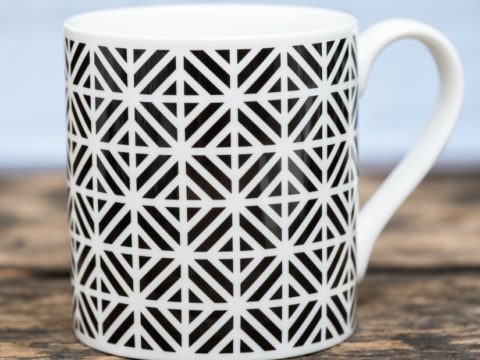Margaret Douglas: Life Story
Chapter 5 : Life in England
On 6th April 1530, Henry VIII paid for clothes for Margaret, but her actual whereabouts are not clear. There is a theory, supported by her latest biographer, Alison Weir, that she was sent from Northumberland to the household of her aunt, Mary, the French Queen, at Westhorpe Castle in Suffolk. This is based on the content of a commemorative poem written about Margaret after her death, probably by a man who knew her. There are no contemporary records and other historians (Rosalind K Marshall, and William Fraser, who collated the Douglas papers) place her immediately at Beaulieu with her cousin, Mary. In August of 1530, Strangeways requested 200 marks for the ‘bringing-up’ of Lady Margaret, but the implication is that she had left his care.
By Christmas 1530 Margaret was at court and received £6 13s 4d from Henry to ‘disport’ herself. This gift was repeated the following year. Margaret was now in the retinue of her cousin, Mary, who was still treated as a Princess, her parents’ marriage, although in dispute, not yet annulled. She would not, of course have remembered her cousin whom she had last seen in 1517 but the two girls struck up a friendship that lasted for the rest of Mary's life.
The cousins, some six months apart in age, were in the care of Mary’s Lady Mistress, Margaret Plantagenet, Countess of Salisbury, cousin of their maternal grandmother, Elizabeth of York. Life in the Princess's household would have been closely regulated. At this time, Lady Salisbury was in her late fifties and likely to have been traditional in her approach to the upbringing of young ladies of the royal family. This would have been counterbalanced by the very modern education that Mary was receiving, although there is no evidence that Margaret shared her lessons. In total, there were 162 members of the household. Following Lady Salisbury in importance was Margaret herself, then ten other ladies gentlewomen. Margaret received an annual salary of £10.
The girls spent most of their time at Mary’s houses of Beaulieu and Hundson in Essex, with visits to the King and Queen at court at Easter and Christmas.They would also have seen Henry and Katharine as they moved around the various palaces on the north of London.
In their spare time the girls would have ridden, hunted, hawked and danced; played cards – in particular a game known as cent, similar to modern picquet – tables, chess and bowls and gambled on the outcome. Gambling was a permanent feature in Tudor entertainment. Mary remained a frequent gambler all her life, and Margaret presumably followed suit. There is no description of Margaret known at this age.
Henry gave both Angus and his brother George large sums of money to pay spies and undermine the Scots government as well as for living expenses. The maintenance of Angus, his brother and daughter was set on a surer footing than random gifts of money when Henry granted the Earl a pension of £1,000 per annum in 1532. This was a munificent sum.
There is a record of a magnificent present of clothing for Margaret, her two gentlewomen and her servants in October 1531. The gift included three gowns of 11 and a half yards each – one of “tynsen” (tinsel or some sort of gold cloth), one of black velvet, furred with powdered ermine and one of black damask, together with kirtles and sleeves (which were separate garments) of crimson satin, black satin and black velvet, each being seven and a half yards. There were more yards of white satin, black velvet and crimson satin for other items, 30 ells of Holland cloth (a type of high quality linen) for underclothes, two French hoods (the curved hoods set back on the wearer’s hair familiar from paintings of Anne Boleyn), 12 pairs of hose, 6 pairs of black velvet shoes for indoor use, and six of leather, lacing ribbons and garters, 12 pairs of gloves, a lb of thread, 100 needles, 2 brushes and a “standard” 1¾ yards, by ¾ of a yard. Presumably this last had her coat of arms on it and would have been carried in front of her when she travelled. In addition, there was a generous allowance of clothing for her servants.
Margaret’s reaction to this sumptuous gift is not recorded, but what adolescent girl would not have been delighted at such a present, particularly if she had inherited her mother’s love of ‘rich apparel’. Clothes were not just pretty or useful items in themselves, they were also one of the most significant indicators of rank or status. With little in the way of consumer goods, beyond clothing or jewellery, and in a pre-capitalist age with nothing to invest in, other than land, wealth was displayed on your back.
The mediaeval sumptuary laws which had striven to prevent men ‘aping their betters’ and hence threatening the all-important hierarchy, were re-affirmed, and even strengthened, during the Tudor period. Certain colours, such as purple, and fabrics, such as cloth of gold, could not be worn other than by royalty or the highest ranks of nobility. Interestingly, the sumptuary laws did not generally apply to women.This gift, including some of the most expensive fabrics, such as tynsen and velvet, showed Margaret’s high rank and the generosity with which Henry treated her.
Lady Margaret Douglas
Family Tree








